Proactively prevent epidemics to keep livestock
One morning in mid-August, at the Long Binh hamlet cultural house, Nam Dan commune, a training class on disease prevention in livestock farming attracted a large number of participants. After the class, Mr. Nguyen Tran Hai - hamlet chief, happily took us to visit his family's livestock farming model.
Training session on crops and livestock for cadres of hamlets in Nam Dan commune. Photo: Dinh Tuyen
In the small, clean farm, Mr. Hai said that his family is currently raising 10 pigs and 8 goats. Recalling the recent outbreak of African swine fever, Mr. Hai shared: “My family lost one pig, but thanks to the timely support of the commune government and proactive disinfection and cleaning of the barn, the remaining 9 pigs are still healthy and not infected.”
According to him, the secret lies in the “prevention is better than cure” approach: using lime powder, disinfectants, regular vaccinations, and limiting contact with strangers. In addition, he also installs ventilation fans and sprays flies and mosquitoes daily to create a safe environment for pets.
Mr. Hai emphasized that the changing seasons or prolonged hot weather can easily lead to disease outbreaks, so he always closely monitors the health of the pigs and strictly cleans the barns. “Being careful with every little detail is the only way to preserve the fruits of labor,” he said.
Mr. Hai's family's goats. Photo: Dinh Tuyen
Not only Mr. Hai, Ms. Tran Thi Hien's family in the same neighborhood has also been persistently attached to the farm model for more than 7 years. With a large area, she raises 500 goats, 10 horses, 2 sows, 50 chickens and 30 ducks. Daily work begins with spraying disinfectant, sprinkling lime, cleaning the barn and restricting strangers from entering and leaving. To ensure hygiene, Ms. Hien uses probiotics to keep the barn dry, reduce odors and avoid affecting neighbors.
Ms. Hien's family has switched from raising pigs to raising horses. Photo: Dinh Tuyen
Previously, she focused on raising nearly 50 wild boars, but the outbreak in July 2024 killed 12, causing heavy losses. After that, she switched to raising horses. Thanks to the advantage of large land and airy space, the new model is more effective and stable.
The recent outbreak of African swine fever in Nam Dan commune occurred in all 23/23 hamlets, with 279 households affected. The whole commune had 1,907 pigs infected with the disease that had to be destroyed, with a total weight of more than 121 tons. Despite the great losses, thanks to timely handling, the epidemic was controlled and prevented from spreading widely.
The goat farming model of Ms. Tran Thi Hien's family is one of the effective directions in the locality. Photo: Dinh Tuyen
Mr. Hoang Nghia Hung - Chairman of Nam Dan Commune People's Committee said: Immediately after the two-level government apparatus was completed and put into operation, the commune identified the work of preventing and controlling animal diseases, especially African swine fever, as the top priority task.
According to Mr. Hung, the locality has implemented many synchronous solutions such as: destroying infected livestock according to regulations; regularly cleaning and disinfecting barns; issuing instructions for handling outbreaks; and at the same time strengthening supervision and promoting propaganda so that people are aware and proactively cooperate. Thanks to that, Nam Dan commune has significantly limited damage, well protected livestock, contributing to stabilizing production and the lives of farming households.
Protect crops, increase productivity
If Nam Dan is famous for livestock farming, Hung Nguyen Nam commune develops strongly in cultivation. The commune was newly established from the merger of Hung Linh, Long Xa, Xuan Lam and Thong Tan communes, with a total area of nearly 1,900 hectares of agricultural land, including 1,200 hectares of rice, 500 hectares of flowers and short-term crops, and 130 hectares of aquaculture.
In recent years, the weather has been erratic and pests have increased, but the government and people have proactively taken many preventive measures and applied techniques to protect crops.
The rice fields in Dong Tam hamlet have entered the stage of beginning to sprout. Photo: Dinh Tuyen
Dong Tam hamlet has more than 31 hectares of rice fields and 43 hectares of corn, sesame and peanut fields. Mr. Vo Xuan Hong - hamlet chief of Dong Tam hamlet said: "Unfavorable weather has caused leaf rollers and brown spot disease to appear frequently. Thanks to participating in training, I have been able to promptly inform and instruct people to spray pesticides at the right time to reduce damage."
Mr. Hong emphasized the "4 rights" principle in using pesticides: right way, right medicine, right dose, right time. Farmers should spray early in the morning or cool afternoon, absolutely do not spray in the hot midday sun; Spray again after 5-7 days to completely kill pests. When the rice is in panicle, limit nitrogen fertilization, do not overuse stimulants, instead apply potassium appropriately, about 4-5kg per sao combined with 1.5kg of nitrogen.
People spray pesticides to prevent pests. Photo: Dinh Tuyen
Not only rice fields, many households also develop mixed agriculture. Mr. Nguyen Van Hieu owns nearly 5 hectares of land divided into many areas: 1 hectare of fruit trees, 1 hectare of vegetables, 1 hectare of corn combined with livestock, 1 hectare of perennial plants... Thanks to the fertile alluvial soil, many plants grow well, require little care, and reduce costs.
“Each season has its own plants. In the summer, we grow squash and pumpkins, and in the winter, we grow vegetables. We hardly need to water guava and jackfruit. When the fruit is ripe, I cover it to keep out insects; for leafy vegetables, I cover it with a protective canopy. This method is both safe and cost-effective,” Hieu shared.
However, he also frankly mentioned the limitations of greenhouses: high temperature, difficult to dry soil, easy to accumulate disease sources. Therefore, the family prioritizes natural methods, less chemicals, both protecting crops and maintaining the quality of agricultural products.
Mr. Hieu is wrapping guava to protect it from harmful insects. Photo: Dinh Tuyen
According to the leader of Hung Nguyen Nam commune, regular training and agricultural extension work helps people change their thinking, apply science and technology, thereby increasing productivity, reducing costs, and meeting increasingly high food safety requirements.
From Nam Dan to Hung Nguyen Nam, the big lesson is: proactively prevent diseases, apply appropriate techniques and closely coordinate between people and the government. This is the foundation for Nghe An agriculture to ensure productivity and move towards sustainable development in the context of climate change and challenging markets./.
AD Advertisement
Source: https://baonghean.vn/giu-vung-kinh-te-nong-ho-tu-bai-hoc-phong-hon-chong-10304782.html



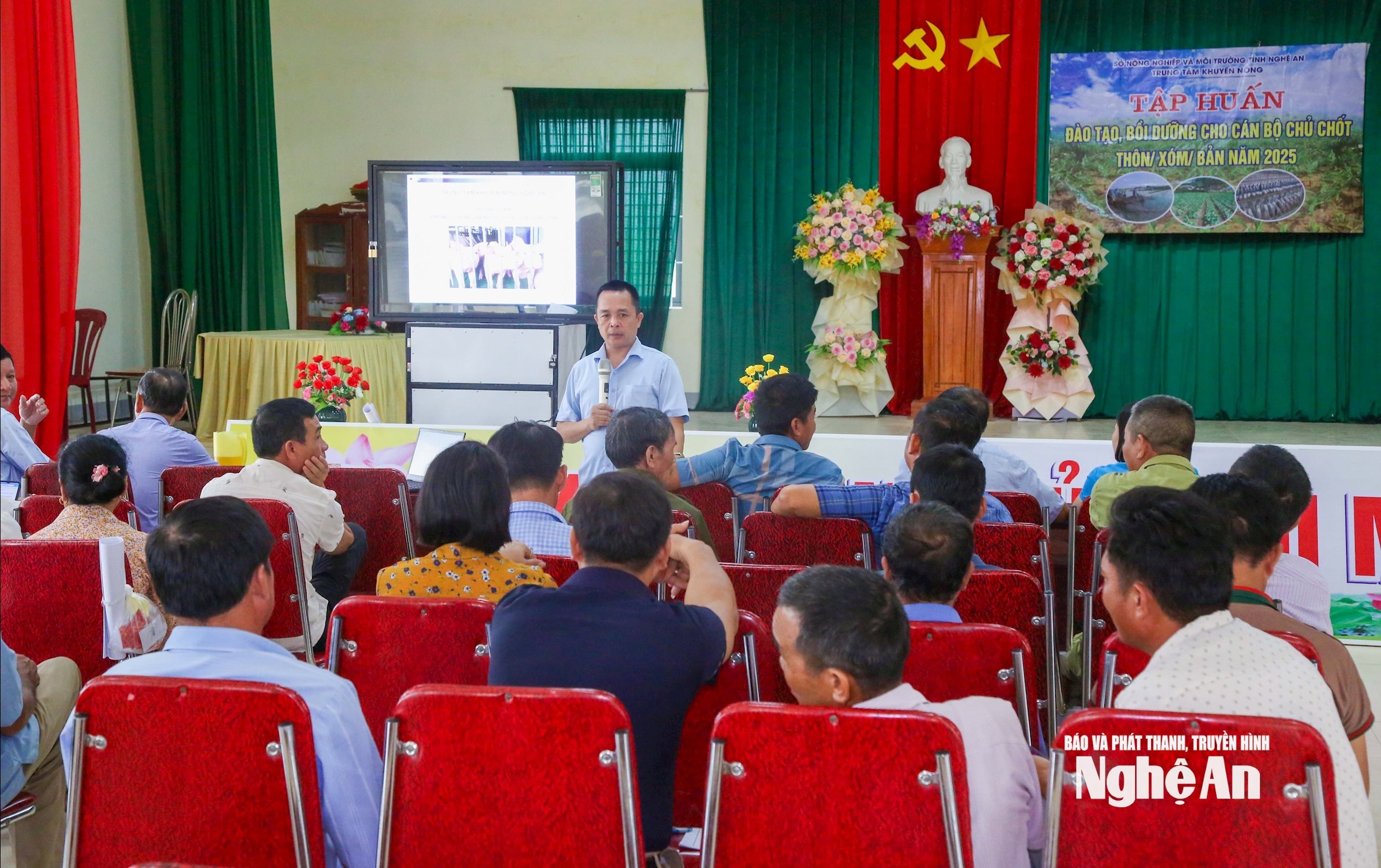
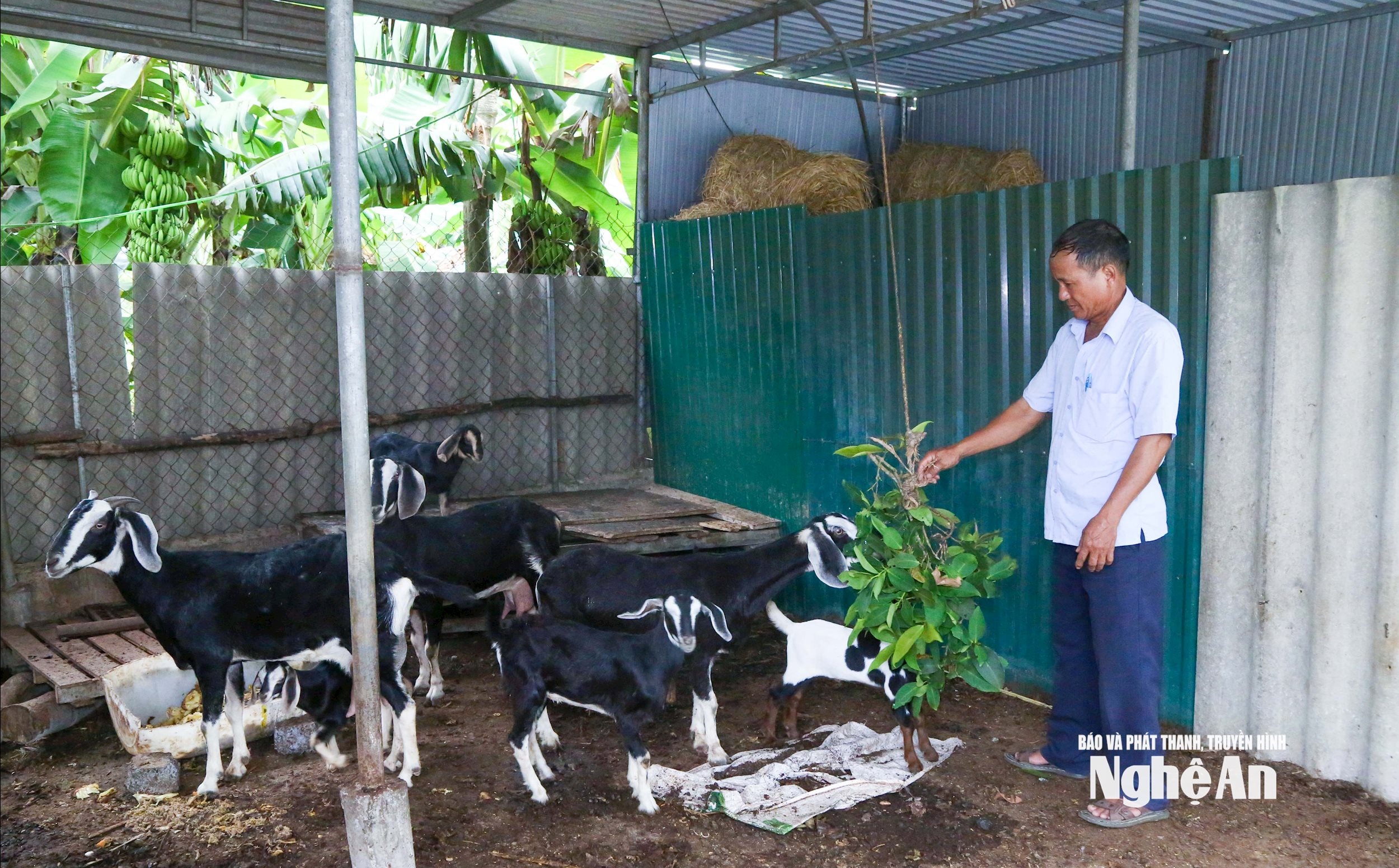

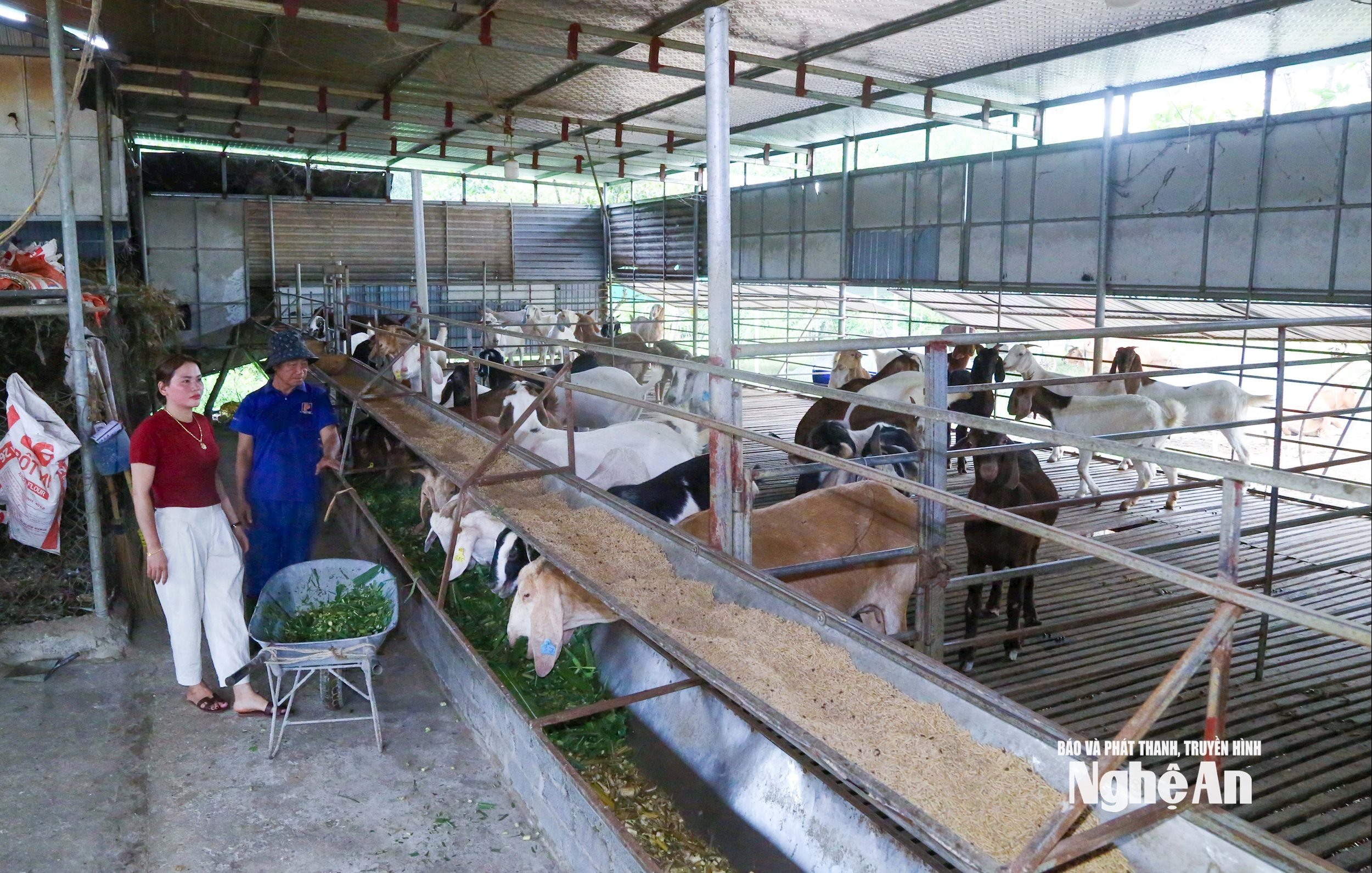
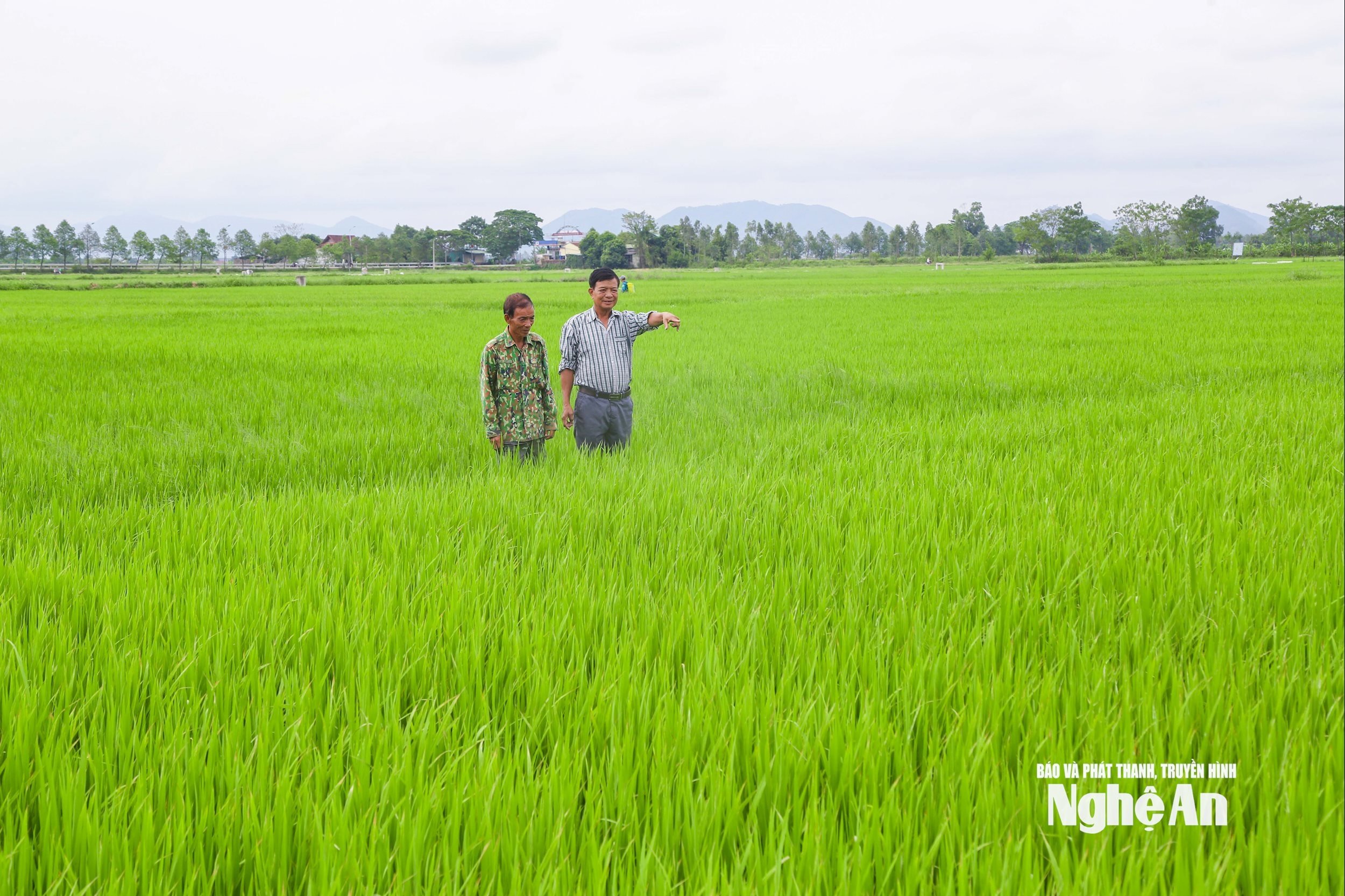
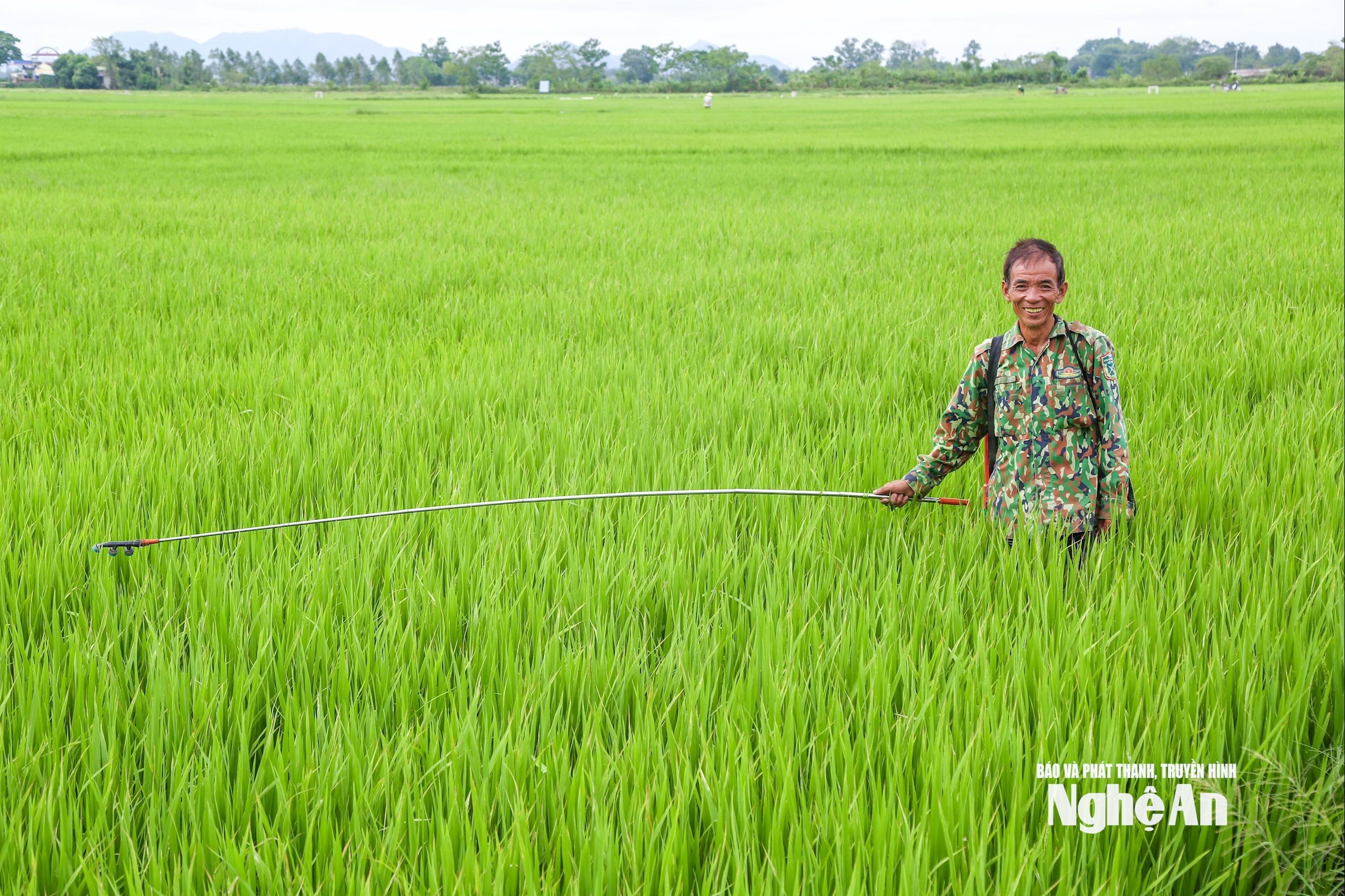
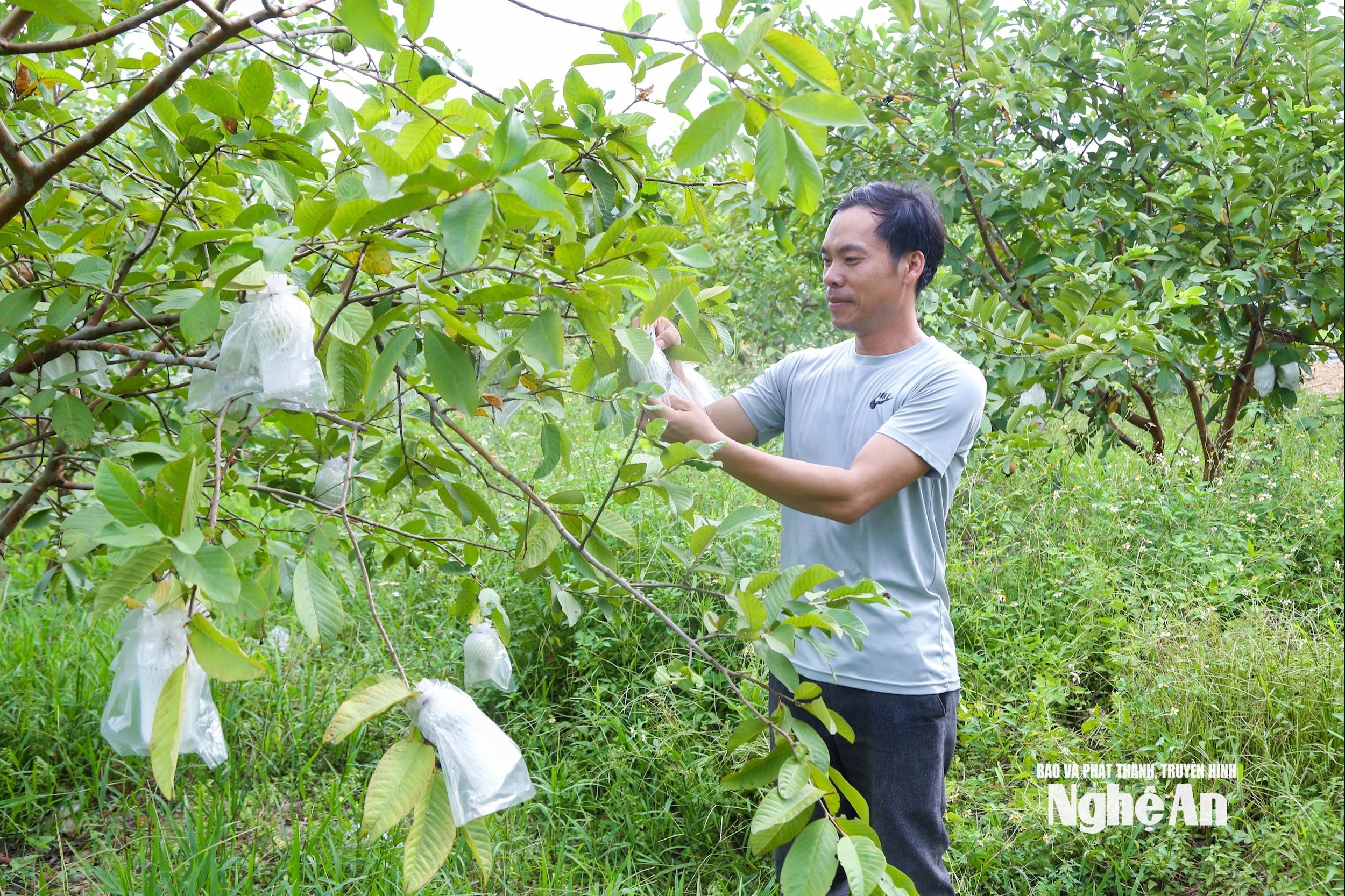
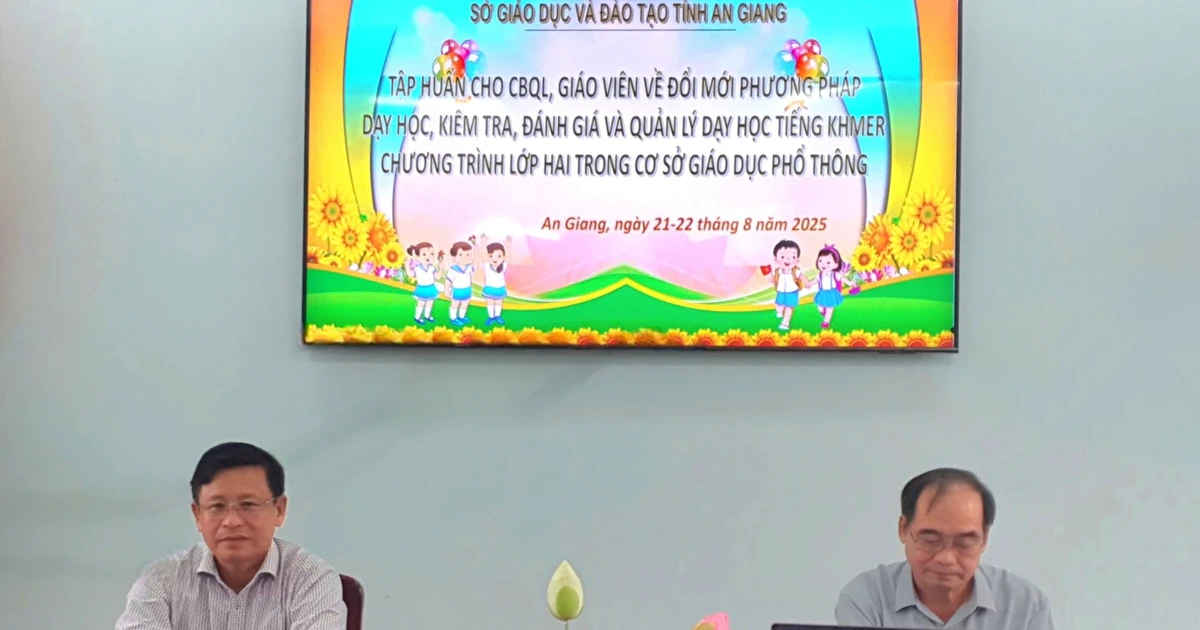
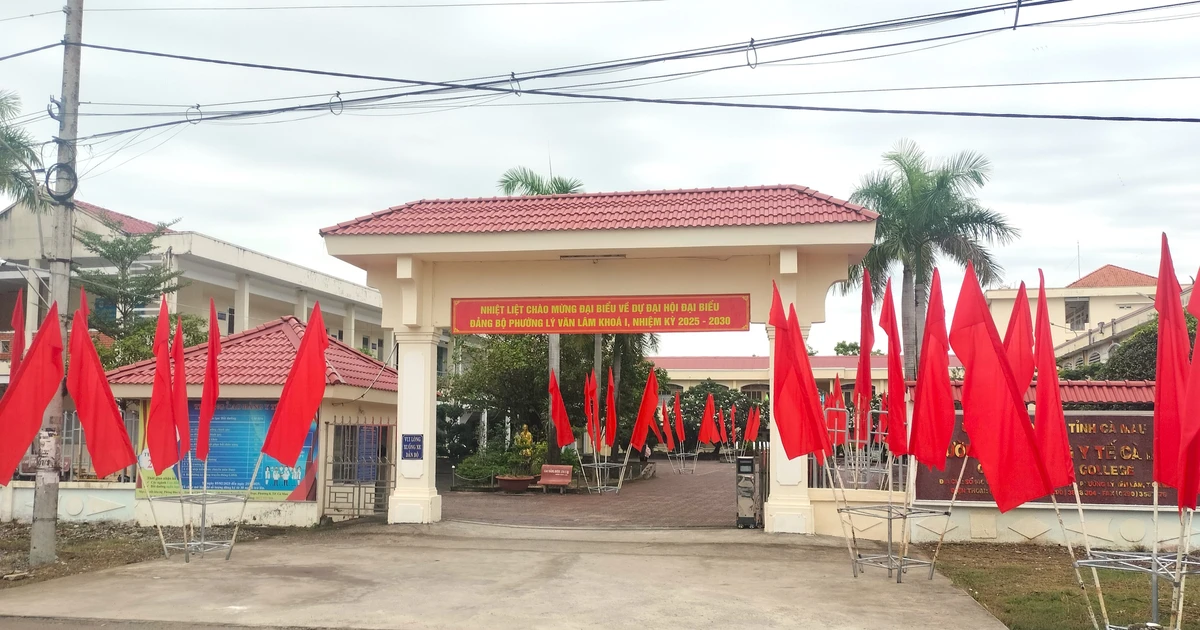

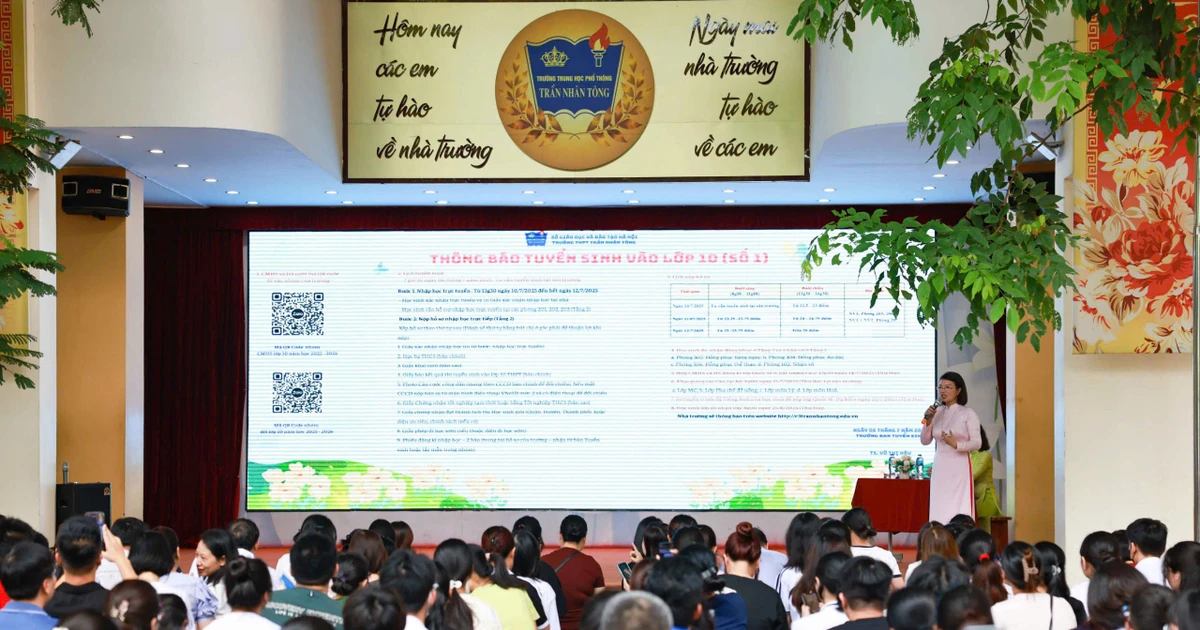

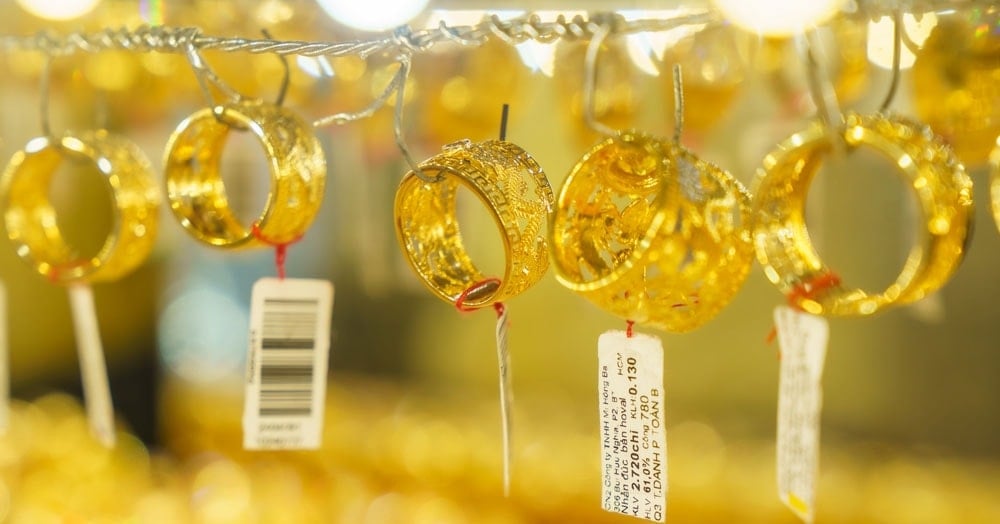
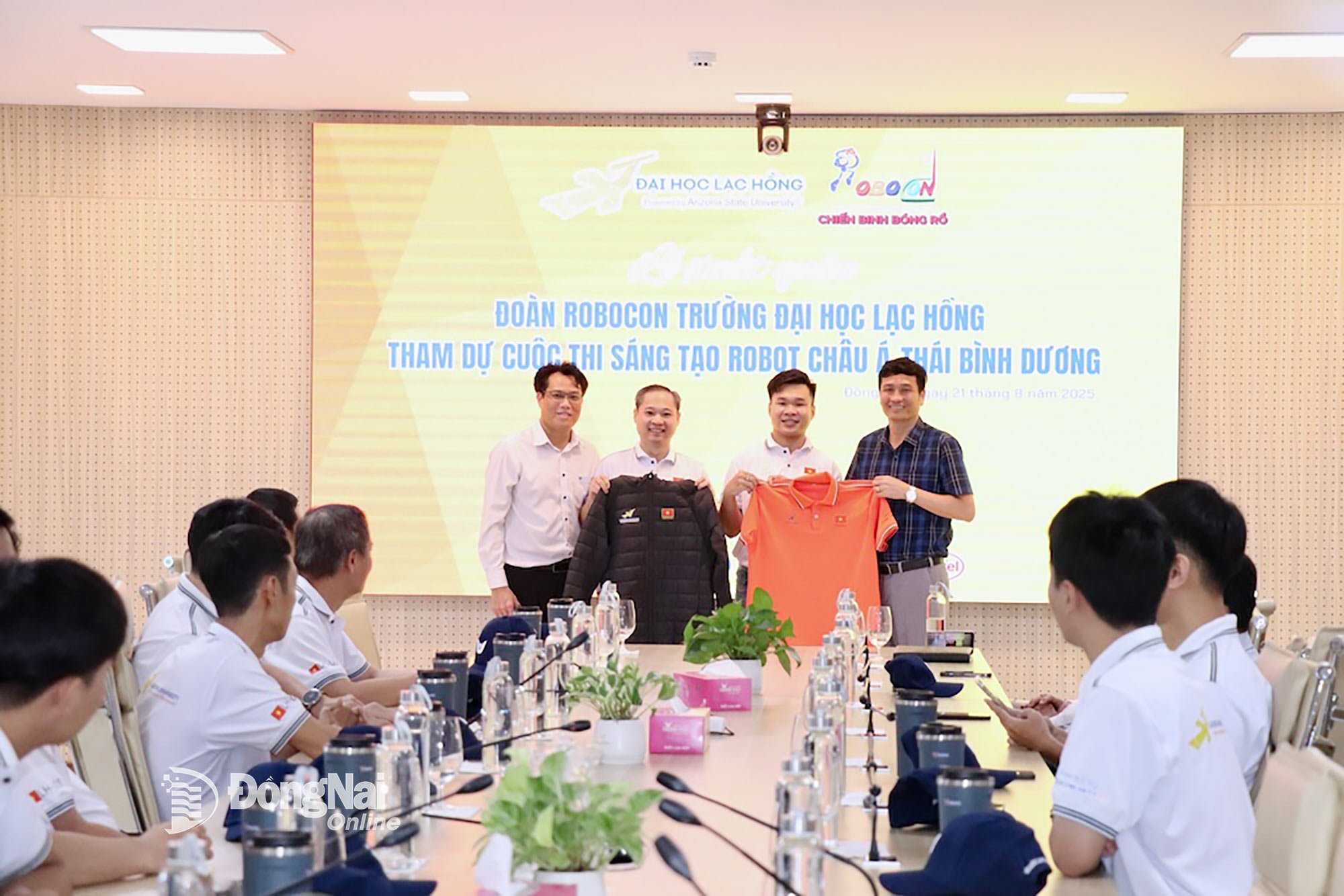
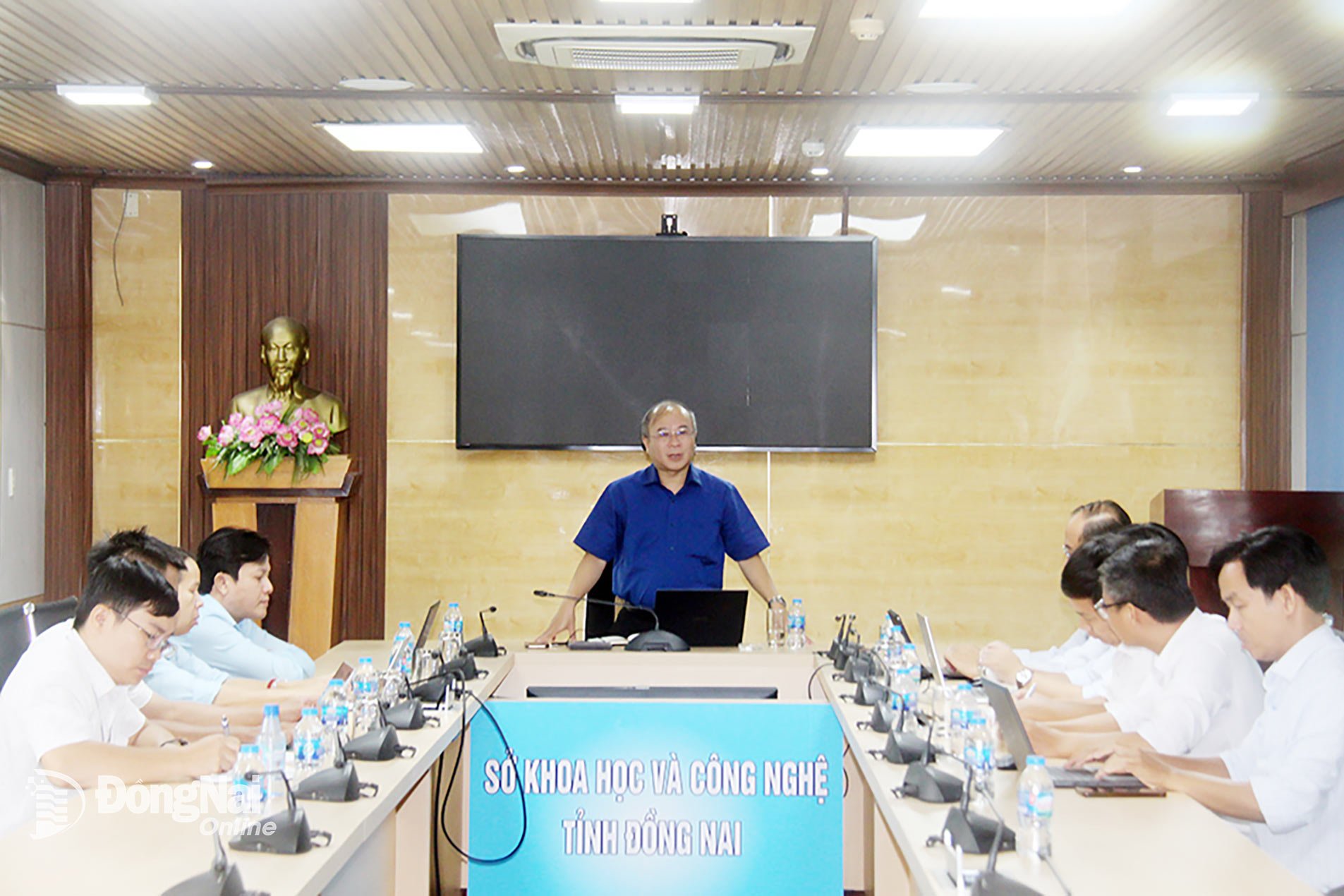
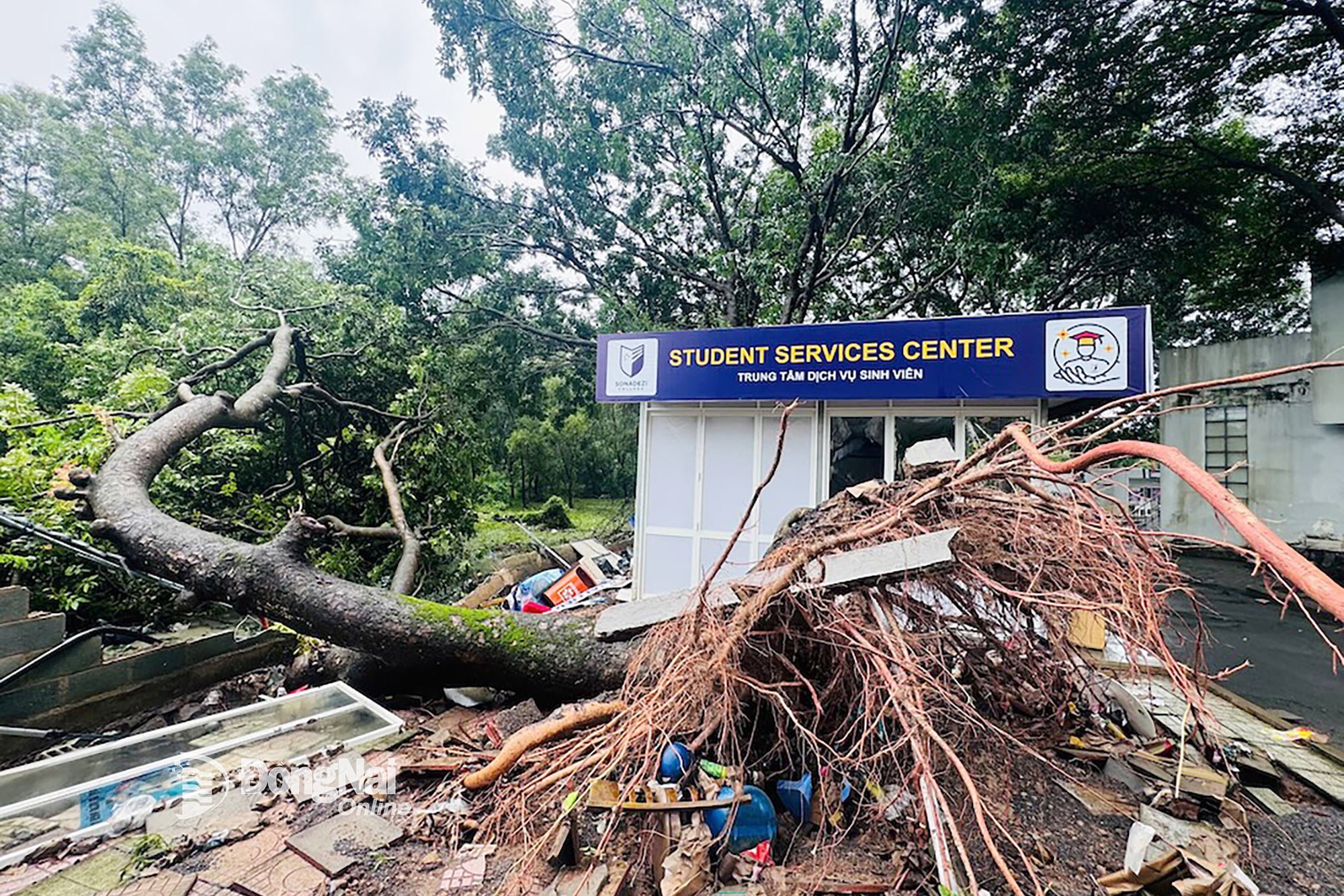
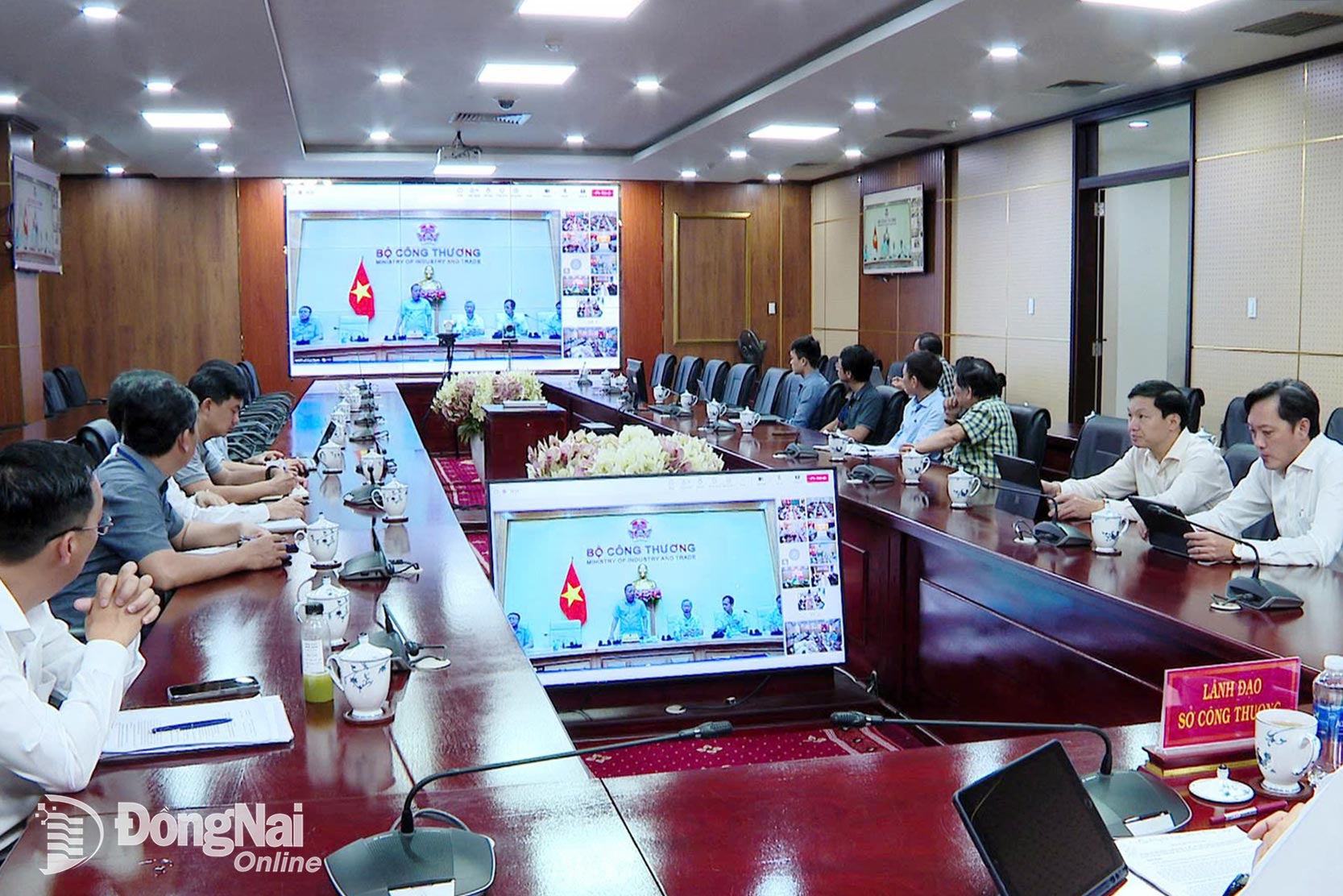











![[Photo] An Phu intersection project connecting Ho Chi Minh City-Long Thanh-Dau Giay expressway behind schedule](https://vstatic.vietnam.vn/vietnam/resource/IMAGE/2025/8/21/1ad80e9dd8944150bb72e6c49ecc7e08)
![[Photo] Prime Minister Pham Minh Chinh receives Australian Foreign Minister Penny Wong](https://vstatic.vietnam.vn/vietnam/resource/IMAGE/2025/8/20/f5d413a946444bd2be288d6b700afc33)


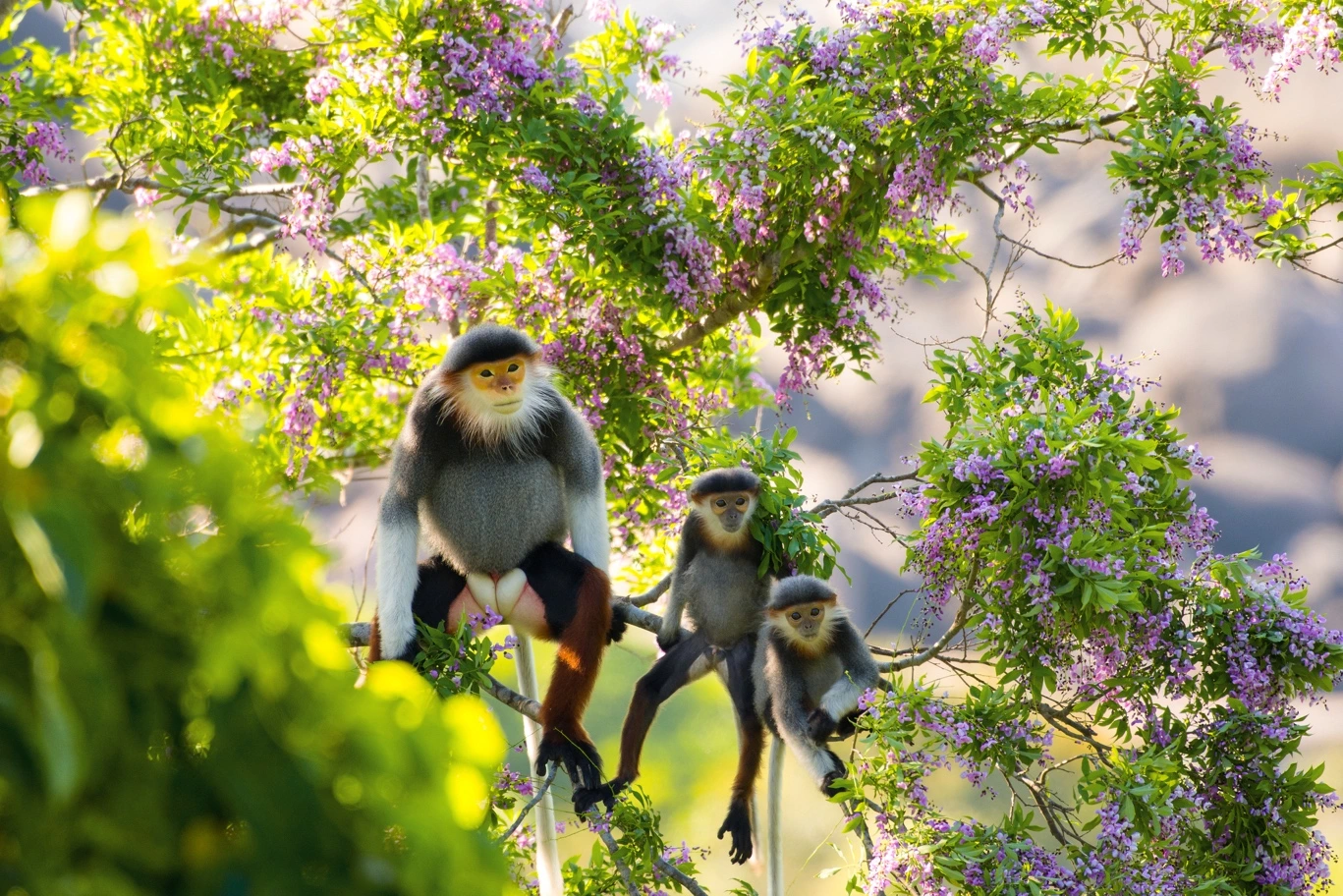


![[Photo] Politburo works with Standing Committees of Lang Son and Bac Ninh Provincial Party Committees](https://vstatic.vietnam.vn/vietnam/resource/IMAGE/2025/8/20/0666629afb39421d8e1bd8922a0537e6)
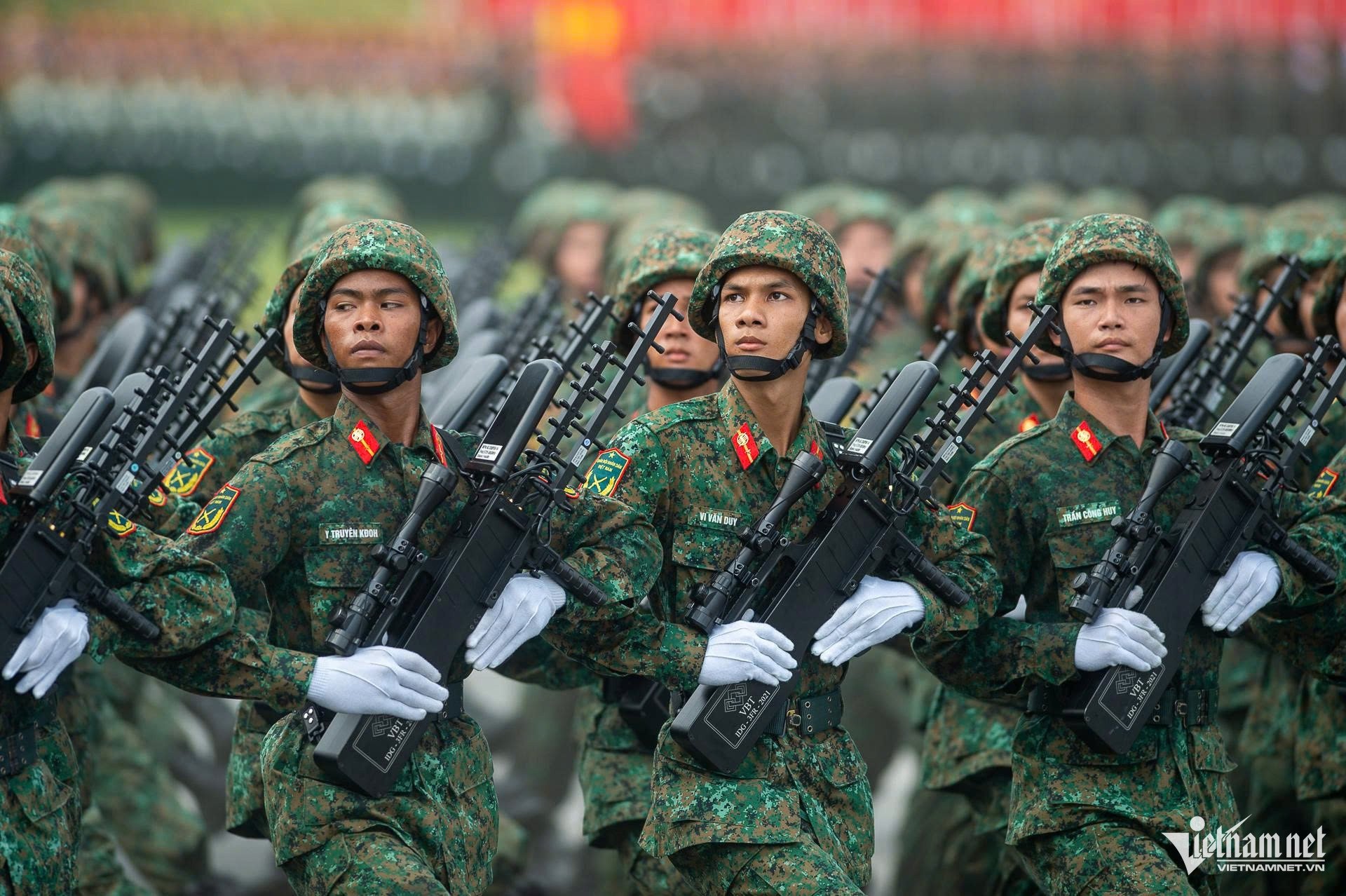





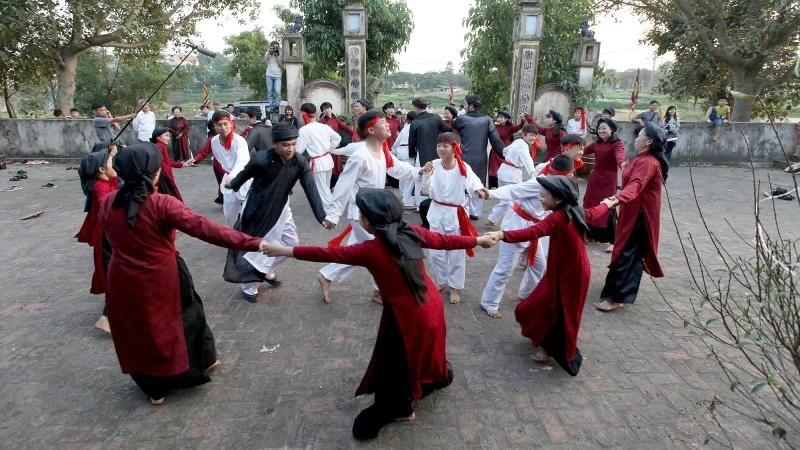

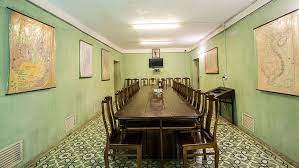

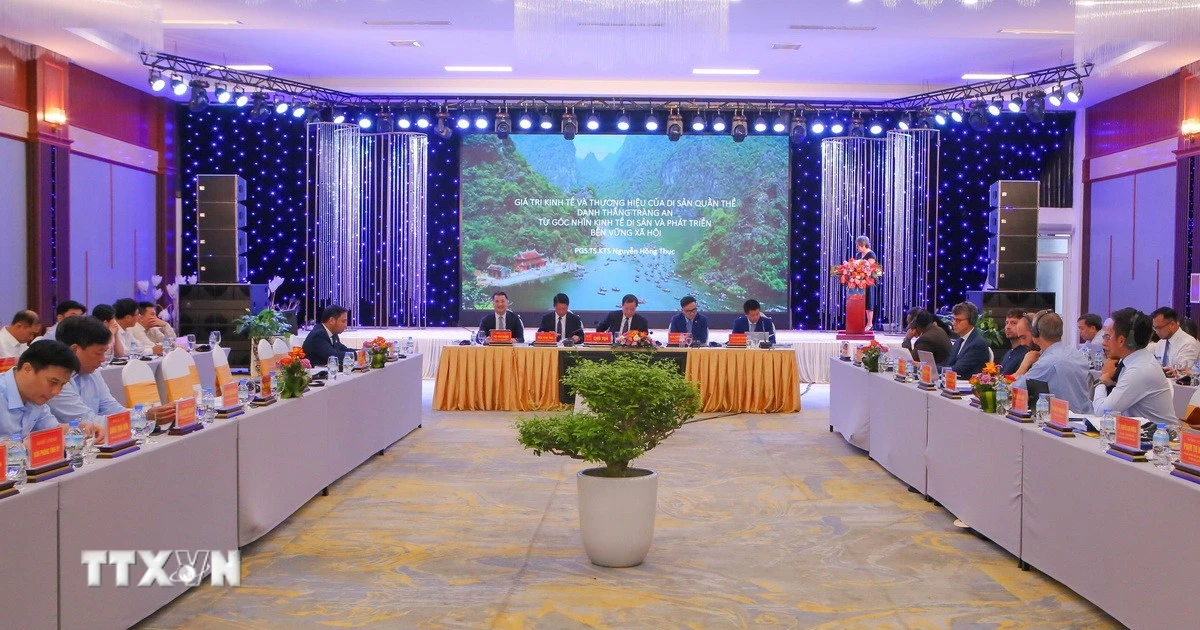









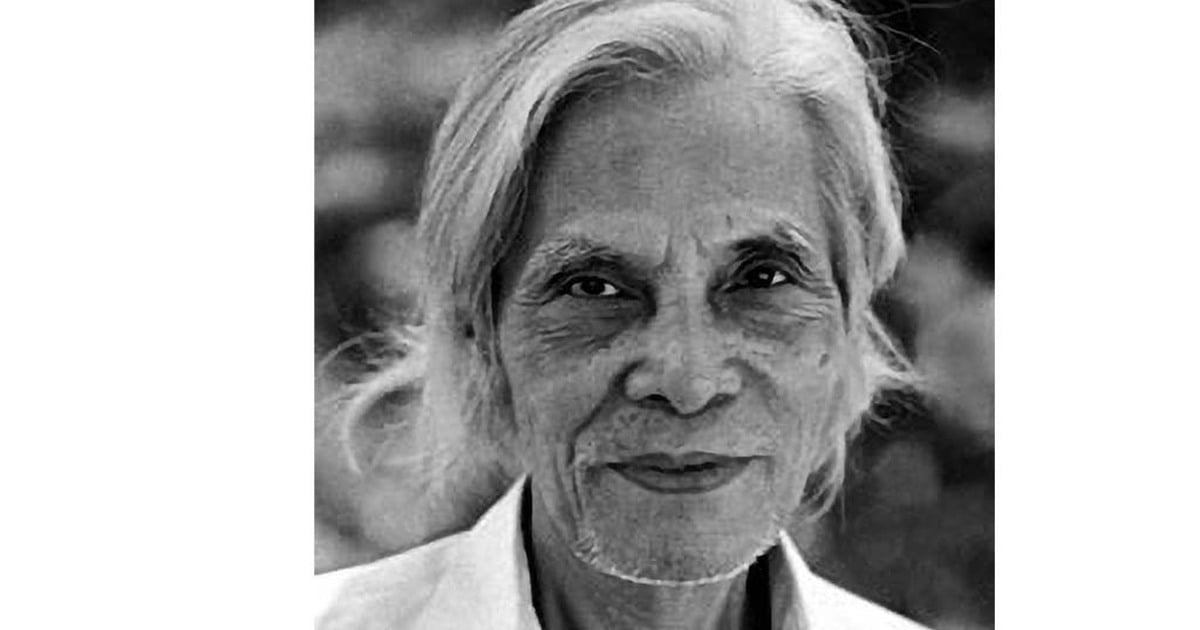

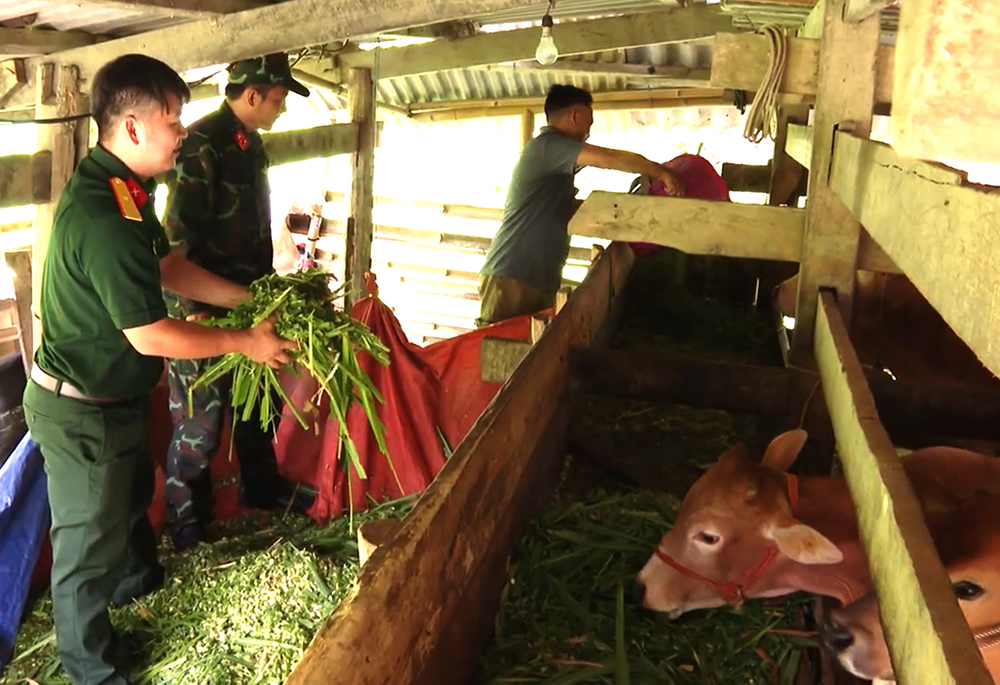











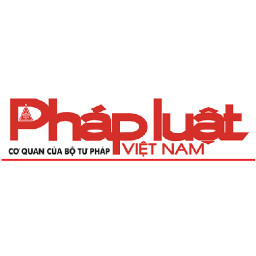



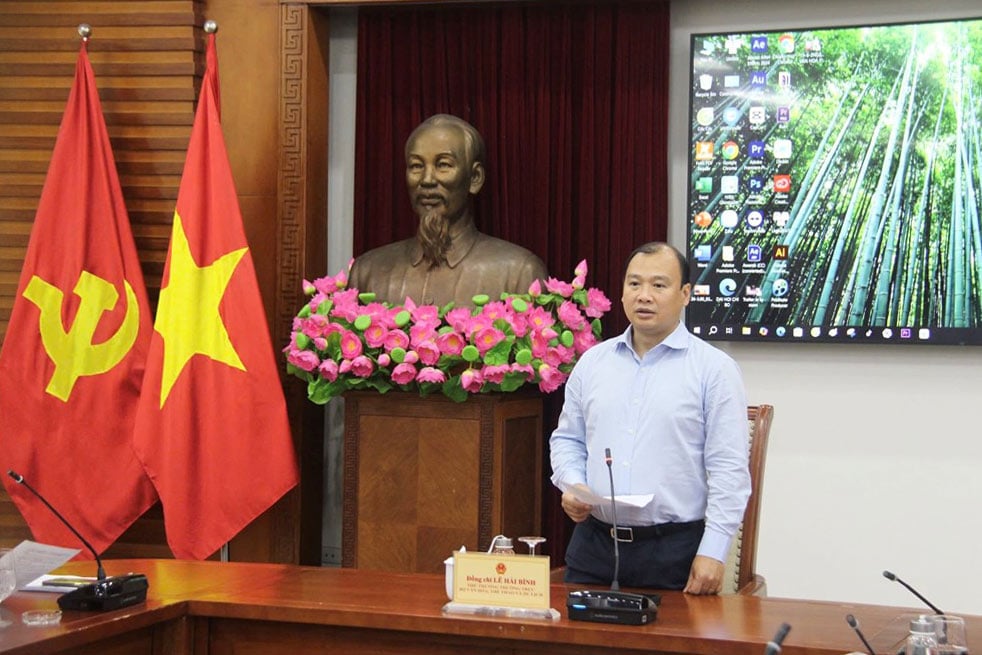







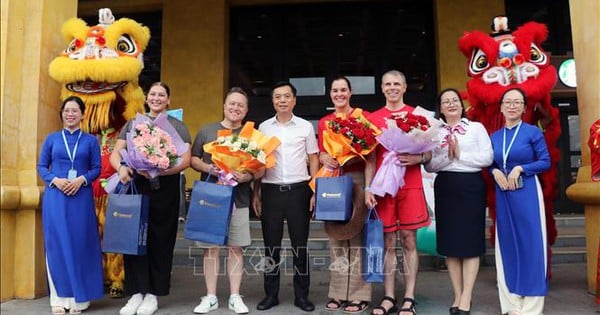

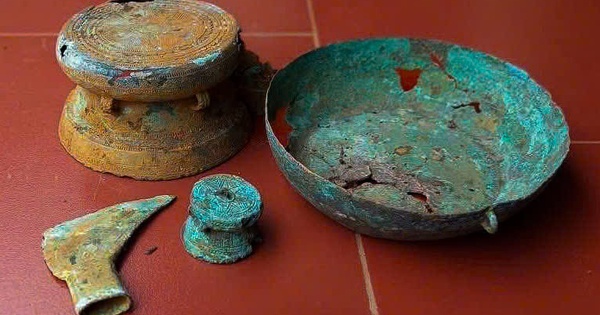
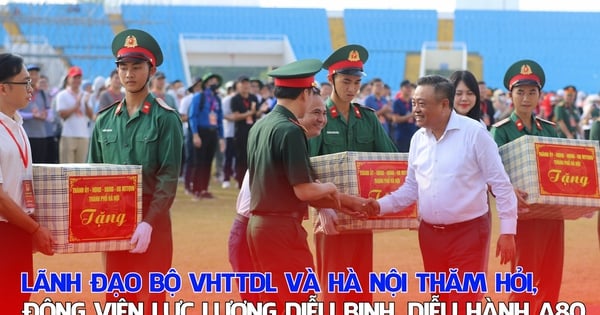























Comment (0)